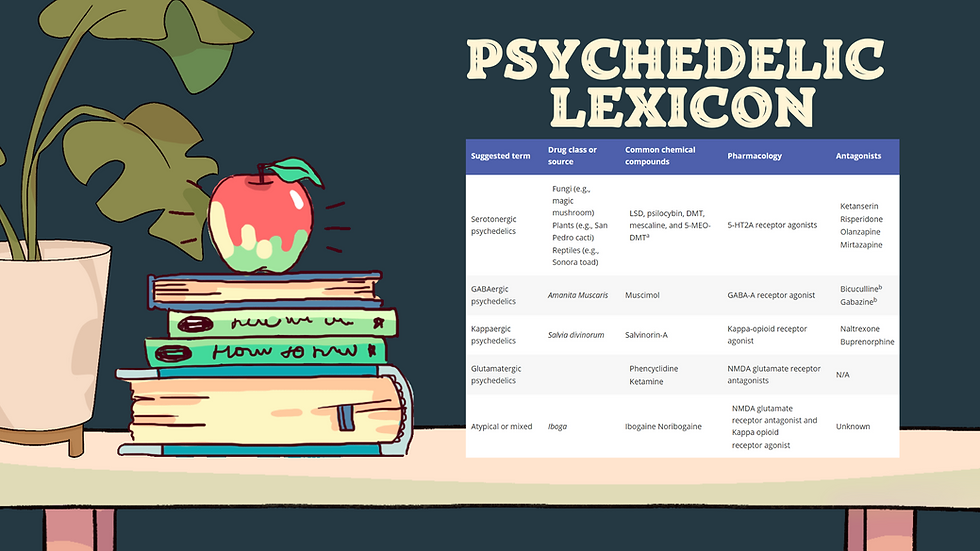Probing trends of opioid seizures and drug checking samples under a nascent “decriminalization” framework in Vancouver, Canada
- Tyson Singh Kelsall, Dustin Godfrey and Jenn McDermid
- May 3
- 1 min read

Authors
Tyson Singh Kelsall, Dustin Godfrey and Jenn McDermid
Published
May 4, 2025
Abstract
Background
We sought to examine nascent trends surrounding the impacts of police drug seizures in the period after a substantial public policy shift surrounding the personal possession of drugs in British Columbia (BC), Canada. We explored the intersection of drug testing and police opioid seizures in Vancouver, BC.
Methods
Our descriptive analysis draws on internal police drug seizure data and public drug checking data, using simple linear regression and correlates to measure associations between the quantity of police-reported opioid seizures and the percentage of drug samples that contained both fentanyl and benzodiazepines during the first 6 months of BC's decriminalization framework. A one-month lag was applied to drug-checking data to account for the time delay between seizures and their impact on the drug supply.
Results
In the 6 month period between 1 February and 31 July 2023, police recorded 1805 drug seizures, of which ∼42.7% were opioids (n = 771). The drug sample database recorded 9085 drug samples that were tested for fentanyl and/or benzodiazepines. An early potential relationship (p-value = 0.03) was observed between drug samples that tested positive for both benzodiazepines and fentanyl with the raw number of monthly opioid seizures by the Vancouver Police Department.
Conclusions
Our descriptive analysis shows a potential link between drug samples testing positive for both benzodiazepines and fentanyl, and the quantity of opioid seizures by Vancouver Police Department officers, and highlights considerations of removing police from managing drug use and possession.
To access the full publication from the Drug Science Policy and Law journal, please see below:




